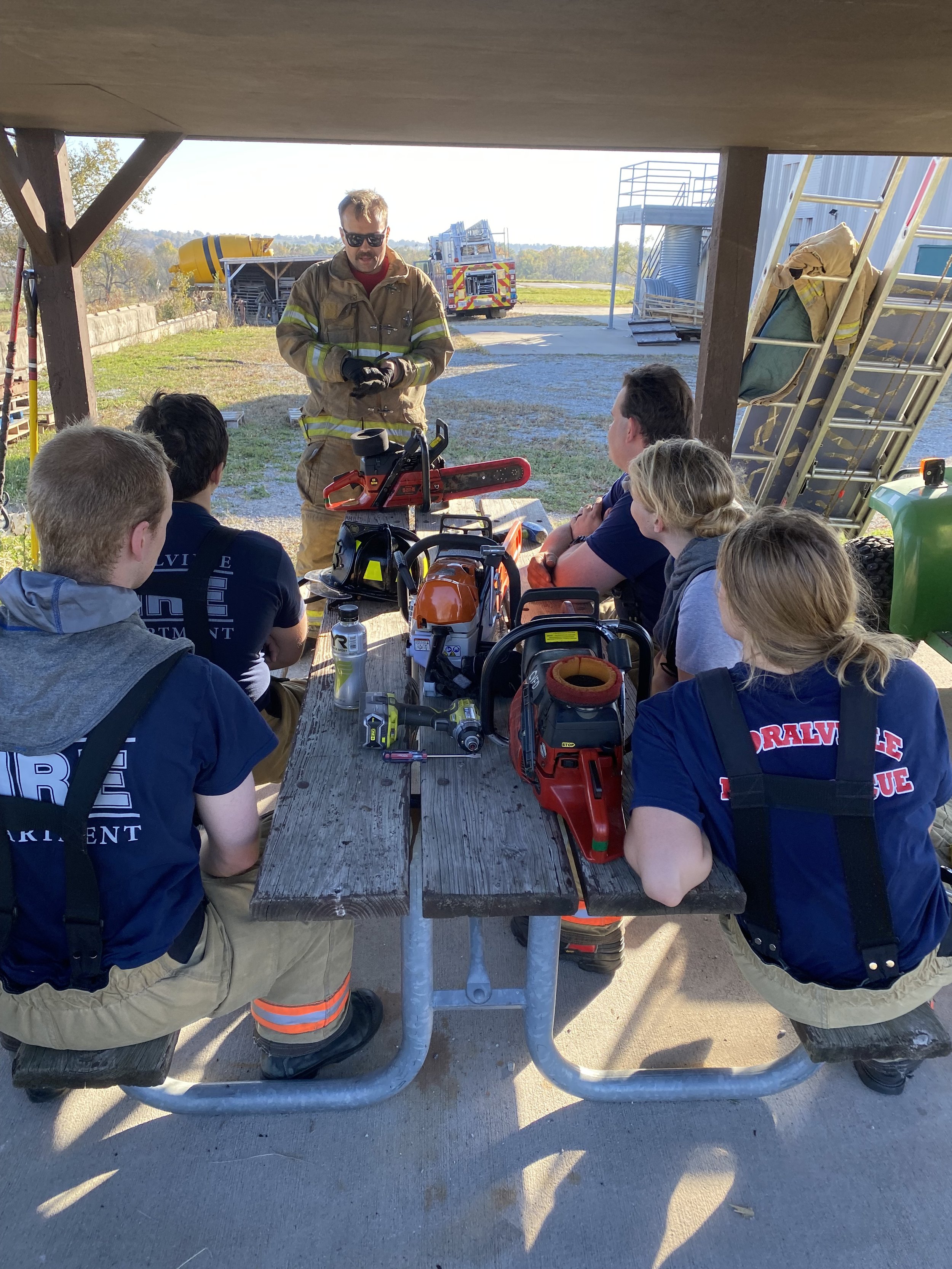Training or Drill: Are We Getting It Wrong?
Skills and tactics is what you often see being taught at conferences and fire schools throughout the country, which is critical to getting a job done. Over my time in the fire service, I was highly focused on the skill and tactic approach to training. Everything was about how fast was the mask up, how was the pull, did you throw the ladder adequately, or how fast were we through the door. Other focuses was on recognizing basement fire, second floor, balloon frame or walkout. High-rise vs rural operations.
My question, is this how the fireground works? Our goal with our people is to present them with a situation and allow them to react and make a call. Gary Klein, the founder of the recognition prime decision making model (RPD or RPDM) found that firefighters do not make decisions like the average person. Our decisions are based on our experience because we don’t have time to compare and contrast different options and run a simulation to determine if the outcome is favorable. We need to identify clues or patterns and compare those to our previous experiences and then make a decision. We will seldomly have all the information to make a perfect call, but through our training and real-world expereinces we will develop our rolodex of situations and be able to react those those quicker. More to come on decision-making…
I know what some may be thinking, well that’s great but how do I get experience when you don’t run a lot of fires. Thats training and drills, but with a purpose. Not just a mundane choreographed play, but a stage set with clues and patterns that allow your company officer to make a decision and see how it plays out. Jeff Rothmeier with Maneuver Fire Response, has been focusing his time to take this theory and turn it into a reality by hosting Decision-making exercises or DMX. A situation is presented to the student and they need to make a call based on the information they have through clues and patterns.
I like thequote, “we need to graduate beyond the basics”. Skill is important, and especially for newer members, but as we gain our skill, we need to adapt to continue our development. The greater sum of training needs to be focused on decision-making once we have solidified the skill. I see it in trainings over and over, where the goal of the training is not quite a drill but not really skill refinement or training. We are stuck in limbo. These trainings are choreographed to ensure everything happens at the exact time so skills can be performed but lacking a clear objective for the students to understand. Trainings need to be defined either a drill or a training, because there is a difference and when the crews know which they are doing, they will be more receptive to learning and have an understanding of the desired outcomes.
A drill, to me, is presenting information in front of our people and allowing them to make decisions and take action; because that’s what they are going to do on the actual fireground. This is a drill. Simulating an environment to allow them to operate. A training, on the other hand, is a time to refine skills, present new topics or work on areas of weakness. These are more focused and detailed to get a more specific outcome of the session. This limits decision-making to have a constant outcome.
Having a training tower smoked up with fake or real fire/smoke and giving an address and dispatch information, then allowing the crew to perform tactics is a drill. We are presenting a situation infornt of them and expect them to take action. If we wanted to make this a training, our approach would be different. We can still give them a situation to aid in their judgement or decision-making but we want to practice specifics.
For a drill, “you are first arriving to a three story apartment with smoke and fire showing from the third floor”. Ending it here allows for decision-making/ judgement and tactical deployment of resources. The company officer must make decisions. We have given clues to fire location, building, and staffing; but now they must use their entire arsenal to mitigate the issue. This includes apparatus placement, water supply, attack line placement or fire attack options and so forth.
A training, “you are first arriving to a three story apartment with smoke and fire showing from the third floor. This training will be focused on leader lines and soft standpipes. The first evolution, the crew will deploy their leader lines to the third floor via the interior stairs and conduct a fire attack. The second evolution, the crew will perform a soft standpipe, either internally or externally…”. This is more specific in a more controlled environment. We don’t want a training to be taking place in an environment that will frustrate the crews and make success less likely. We do training to prepare for drill. Drills evaluate our preparedness for the fireground.


